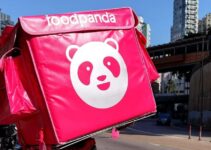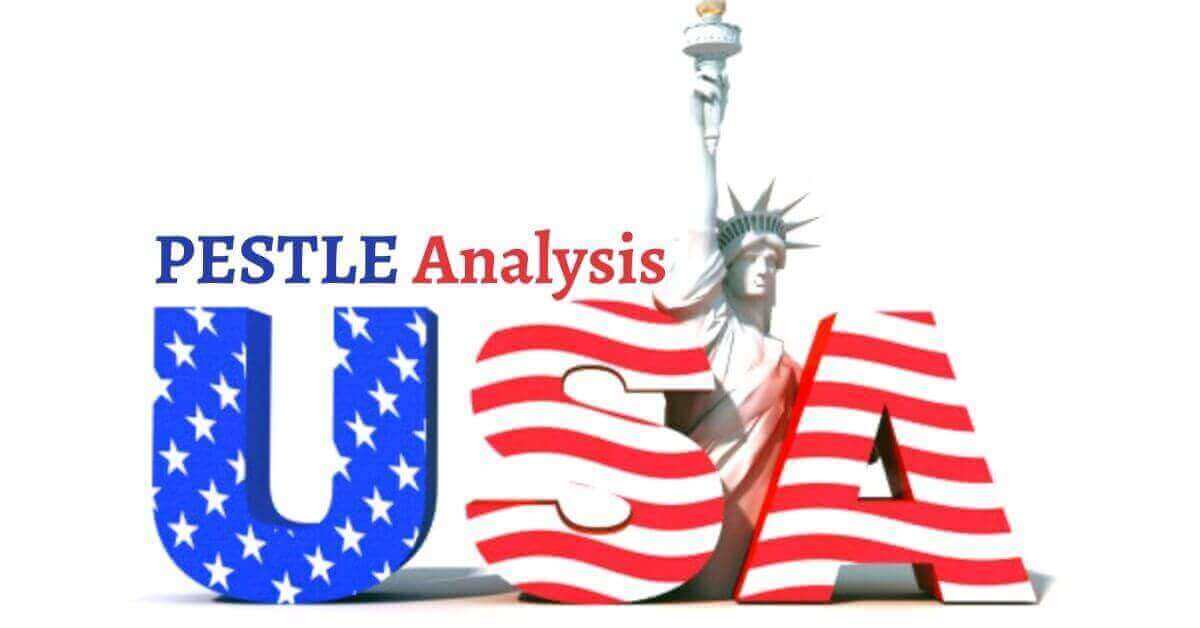PESTLE Analysis of 7-Eleven. 7-Eleven is a retail multinational convenience store brand. Joe C. Thompson laid the foundation of the retail company in 1927. The headquarter of the retail multinational company is in Dallas, Texas, USA. The convenience store brand has been through different names in various periods in history;
- Southland Ice Company – 1927
- Tote’m Stores – 1928 to 1946
- Southland Corporation – 1961 to 1999
- 7-Eleven – 2005 to present
According to an estimate, the annual revenue of 7-Eleven in 2022 was 38.303 billion dollars; out of which, the net income of the company was 1.046 billion dollars. Approximately 135,332 people are working for the company to manage its worldwide operations.
Some of the top competitors of 7-Eleven are as follows;
- WaWA
- Alimentation
- Meijer
- Ingles
- Walmart
- Murphy USA
Today, we’ll discuss the pestle analysis of 7-Eleven. It would analyze the political, economical, social, technological, and legal factors impacting the company. Here’s the pestle analysis of 7-Eleven as follows;
Political Factors Impacting 7-Eleven
Some of the key political factors in the pestle analysis of 7-eleven are as follows;
Corruption & Bureaucracy
According to an estimate, 7-Eleven is operating its business in roundabout 20 countries with a network of over 78,029 stores. The retail brand has to deal with various types of governments and bureaucratic environments. The protests, bureaucratic corruption, and violent environment impact the business of the retail brand in the hosted country where it is running its operations.
Government Policies
Government regulations, regulating institutions, global pressure, import trade policies, and different types of political reforms and amendments have a direct impact on the growth of the retail brand 7-Eleven. For instance, Victorian Parliament launched a new shop trading bill in 1996, and it focused on giving freedom to businesses however they plan to operate their business in terms of timing and schedule.
The shop trading bill allowed businesses and companies to run their operations 24 hours a day and 7 days a week. It may seem interesting, but it had a very bad impact on the business of 7-Eleven. It is because it compelled the company to relocate to the remote areas of the city, where the demand was high and competition was.
Victorian Tobacco Act
The focus of the Victorian Tobacco Act of 1987 was to decrease smoking and probation tobacco sales to young people under 18. It had a very bad impact on the cigarette sale of the company 7-Eleven at the mass scale.
Economical Factors Impacting 7-Eleven
Some of the main economical factors in the pestle analysis of 7-eleven are as follows;
Skilled Workforce & Salaries
The growth and productivity of US employees have increased to a great extent for the past two decades. But their salaries and payment structures haven’t improved to the same level, because of the highly competitive environment. However, it has allowed the company to hire a skilled workforce and employees at a competitive price range.
Economical Growth
If we look at the GDP growth of different developed countries, then it has increased to a great extent. But 7-Eleven hasn’t taken advantage of this opportunity in terms of targeting a new segment of the customer market and expanding its product portfolio. In order to successfully top into the opportunity, the retail brand should carefully analyze the customer trends and their value proposition.
Government Spending
Government spending plays a huge role in the growth of businesses and companies. For instance, it would amplify the sale of the company 7-Eleven in the short term but would increase the risk of currency depreciation in the long term. Therefore, the retail brand should keep in mind the pros and cons of all the steps and opportunities.
Social Factors Impacting 7-Eleven
Some of the key social factors in the pestle analysis of 7-eleven are as follows;
Customer Trends
Consumer trends and preferences are always changing just like the weather; they like something and get tired of something else. The company should in mind customer trends and preferences. For instance, understanding the attitude of customers gives you a better insight like baby boomers have got interested in leisure activities.
Demographic Insight
Demographic insight is the other key factor that the company should keep in mind while developing policies and studying trends. For instance, the elderly population in the US and Europe is increasing, and the retail brand should develop products and services to cater to their needs and wishes for the growth of the business.
High Education Level
Education plays a significant role in the job and income level of employees. For instance, highly educated people would have better jobs and better incomes, and they would demand luxury products. That’s how demographic offers you a better insight into how 7-Eleven should take advantage of the business opportunities.
Culture & Authority
The attitude and behavior of the target customer market towards authority are different in different cultures. For instance, the Asian customer market respect and obey authority, whereas the Western market does not follow authority. Such factors help the company to decide what type of marketing strategies the company should follow.
Technological Factors Impacting 7-Eleven
Some of the main technological factors in the pestle analysis of 7-eleven are as follows;
Digitalization
Automation and digitalization have brought revolutionary changes in the retail industry and made various processes and operations efficient and effective. For instance, mobile and online payments have the transaction process much easier and smoother. Chinese market and retail sector are much more advanced than the US in this regard.
User-Friendly System
7-Eleven should launch mobile applications, a new system, and employ other latest technological equipment to offer a user-friendly experience to its customers. Offering a better and user-friendly experience is the core of any successful business. For instance, the retail brand should launch a new section by the name of “the cellar” for wine and beer sales.
New Technology
Employing the latest technology at the check-in and check-out point would allow the company to offer a better customer experience. It should be simple and easy without any delay and time-consuming because customers want a simple process.
Legal Factors Impacting 7-Eleven
Some of the key legal factors in the pestle analysis of 7-eleven are as follows;
Data Privacy Laws
The consumer market has become highly cautious about data privacy and protection regulations, and 7-Eleven should comply with such laws. For instance, the EU has introduced many laws and regulations about data privacy and it prohibits companies from transferring data outside of the EU.
Immigrant Exploitation
7-Eleven has recently filed a lawsuit against the company’s franchisee claiming that he had illegally transferred hundreds of thousands of dollars during the period of four years. The company won the legal battle and terminated the contract with him over the issues of immigrant exploitation and making cash-back agreements with its employees.
Corruption of a Franchisee
Filing the lawsuits and taking legal actions against 7-Eleven’s own employees have created an honest and transparent image of the company toward customers.
Environmental Factors Impacting 7-Eleven
Some of the main environmental factors in the pestle analysis of 7-eleven are as follows;
Member of Green Organizations
7-Elevent is a member of the world’s two leading environmental organizations;
- Conservation International & Retail Industry Leadership Association
- CI’s Business
They both are non-profit organizations, and their focus is on building innovative technology to save nature and the environment without any exploitation.
Conclusion: 7-Eleven PESTLE Analysis Example Company
After an in-depth study of the pestle analysis of 7-eleven; we have realized that 7-eleven is the world’s leading retail brand. If you are learning about the external environmental impact on the company, then you should keep in mind the abovementioned political, economical, social, technological, legal, and environmental factors.

Ahsan Ali Shaw is an accomplished Business Writer, Analyst, and Public Speaker. Other than that, he’s a fun loving person.


